Jurassic World may have bested Inside Out at the box office this weekend, but the Pixar animated movie set a different record. Inside Out had the highest-grossing opening weekend of any original film — a movie that wasn’t based on a book or comic book and that wasn’t a sequel. That may sound like just a nifty accolade, but consider this: Pixar successfully pitched audiences on a movie about the personified emotions of an increasingly depressed 11-year-old girl they didn’t know named Riley. (Oh, and Riley isn’t a princess.)
That’s no easy feat. Hollywood has long subscribed to the notion that movies with female protagonists don’t sell. Only 12% of protagonists and 30% of all major characters in the top 100 grossing movies of 2014 were women, according to San Diego State University’s Celluloid Ceiling Report.
The problem is even more dire among children’s films, which are often based on fairytales that date back to a darker time for women. And original animated films, from Toy Story to Shrek, tend to sideline women in favor of men. There’s only one female character for every three male characters in family films, according to the Geena Davis Institute on Gender in Media.
What’s so radical about Inside Out — besides the fact that it maps out an entirely new world inside our brains — is that it’s about a normal girl with normal problems. Her two main personified emotions, Joy and Sadness (Amy Poehler and Phyllis Smith, respectively) are also women and spend the film trying to help their preteen host. Will she make the hockey team? Can her friendships withstand her move from Minnesota to San Francisco? Her mind is the centerpiece, and we only get glimpses at what Riley actually looks like. There’s no throne at stake and no noble prince to save her. (Though director and writer Pete Docter did find a clever way to subvert this trope when Joy uses Riley’s dreamboat hunk as a tool in her quest to save Riley.)
See Concept Art for Pixar's Inside Out
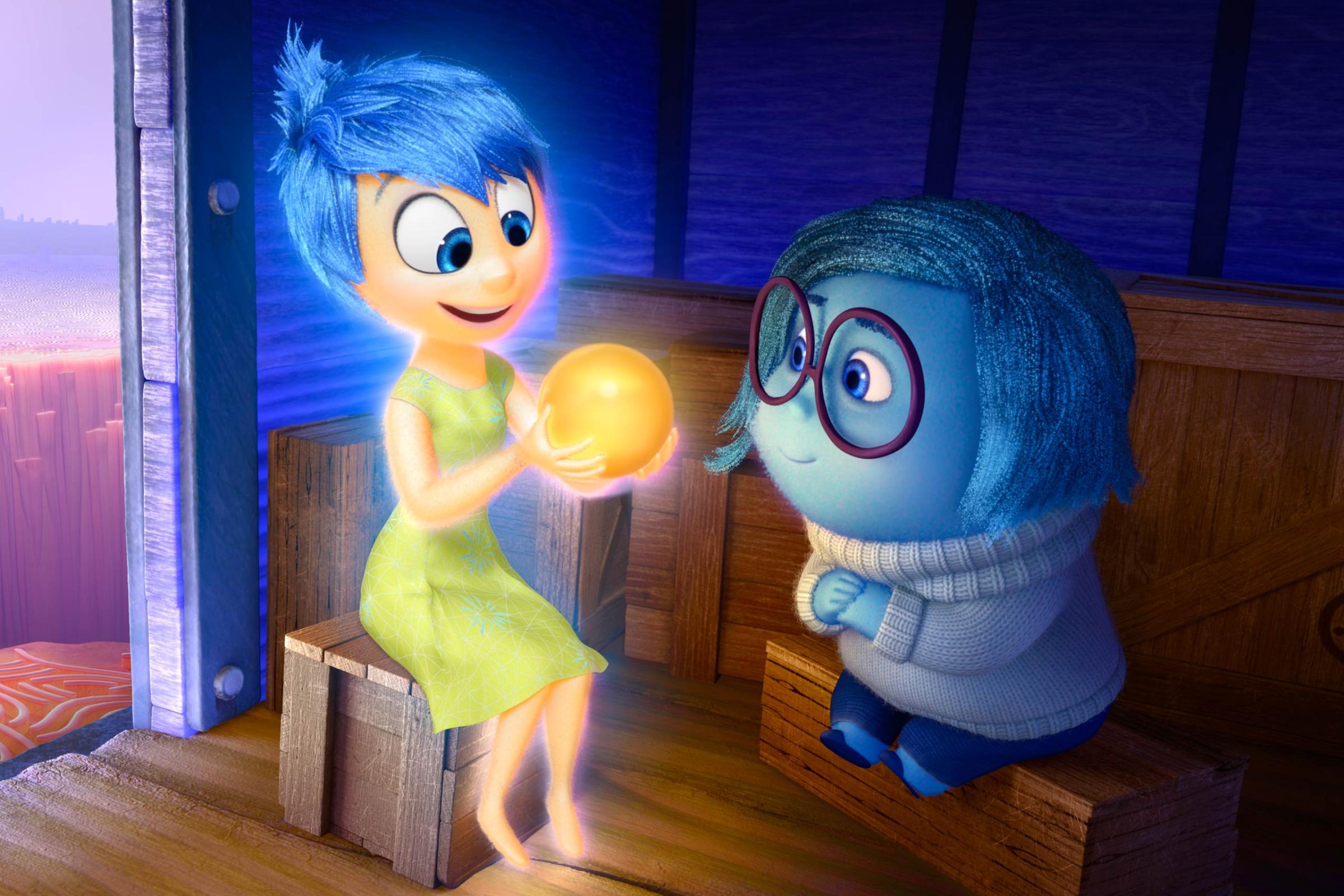
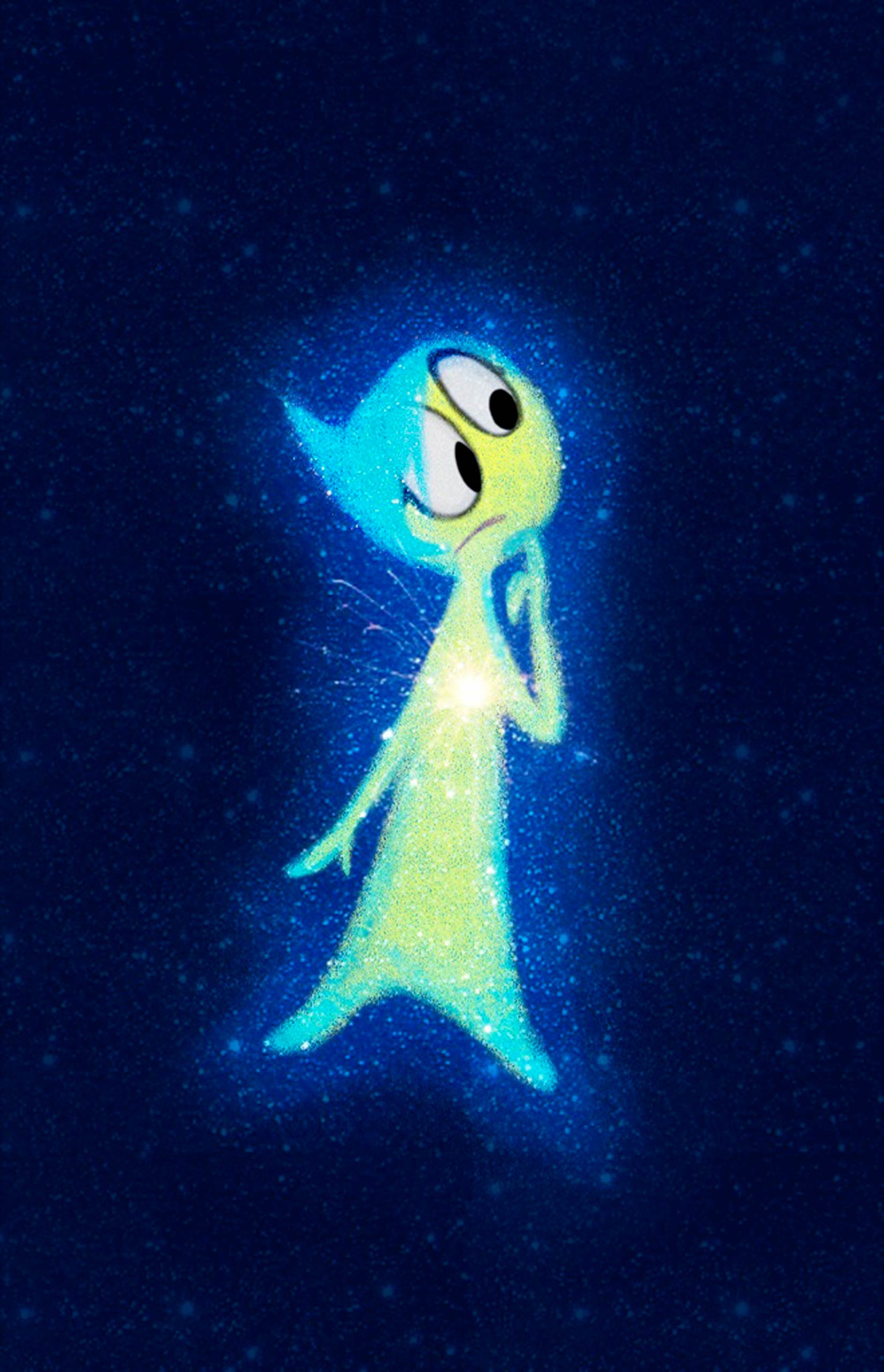
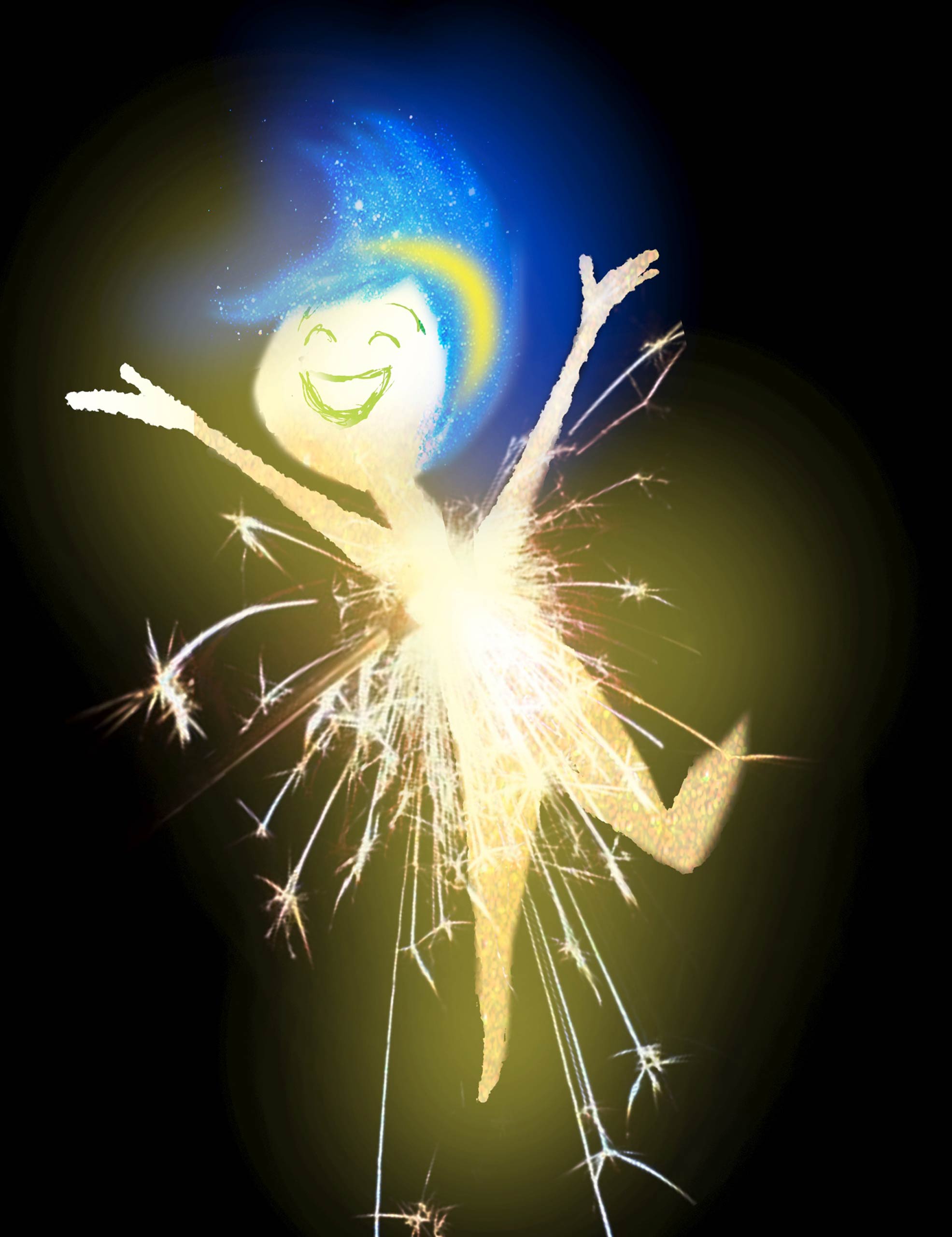
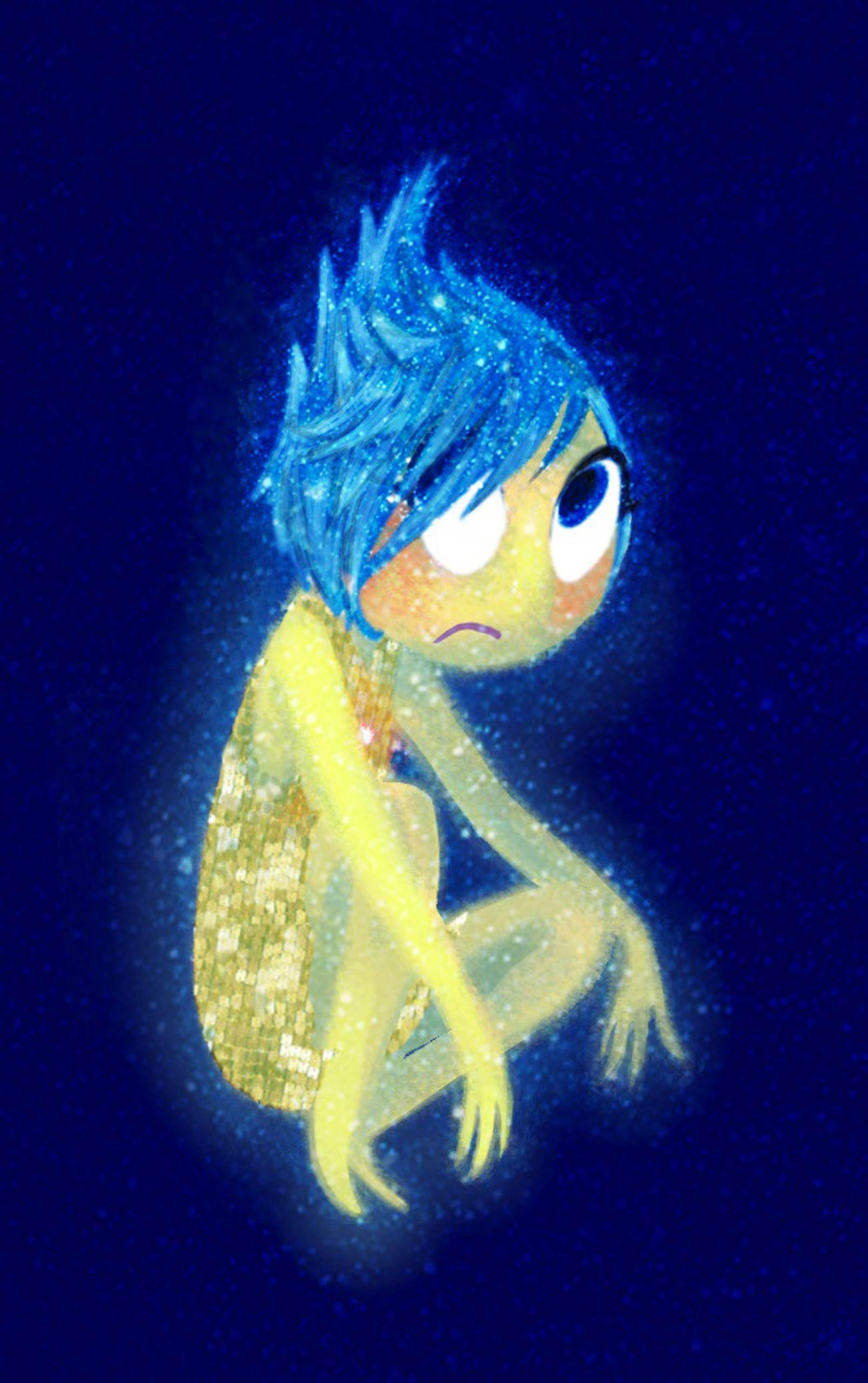
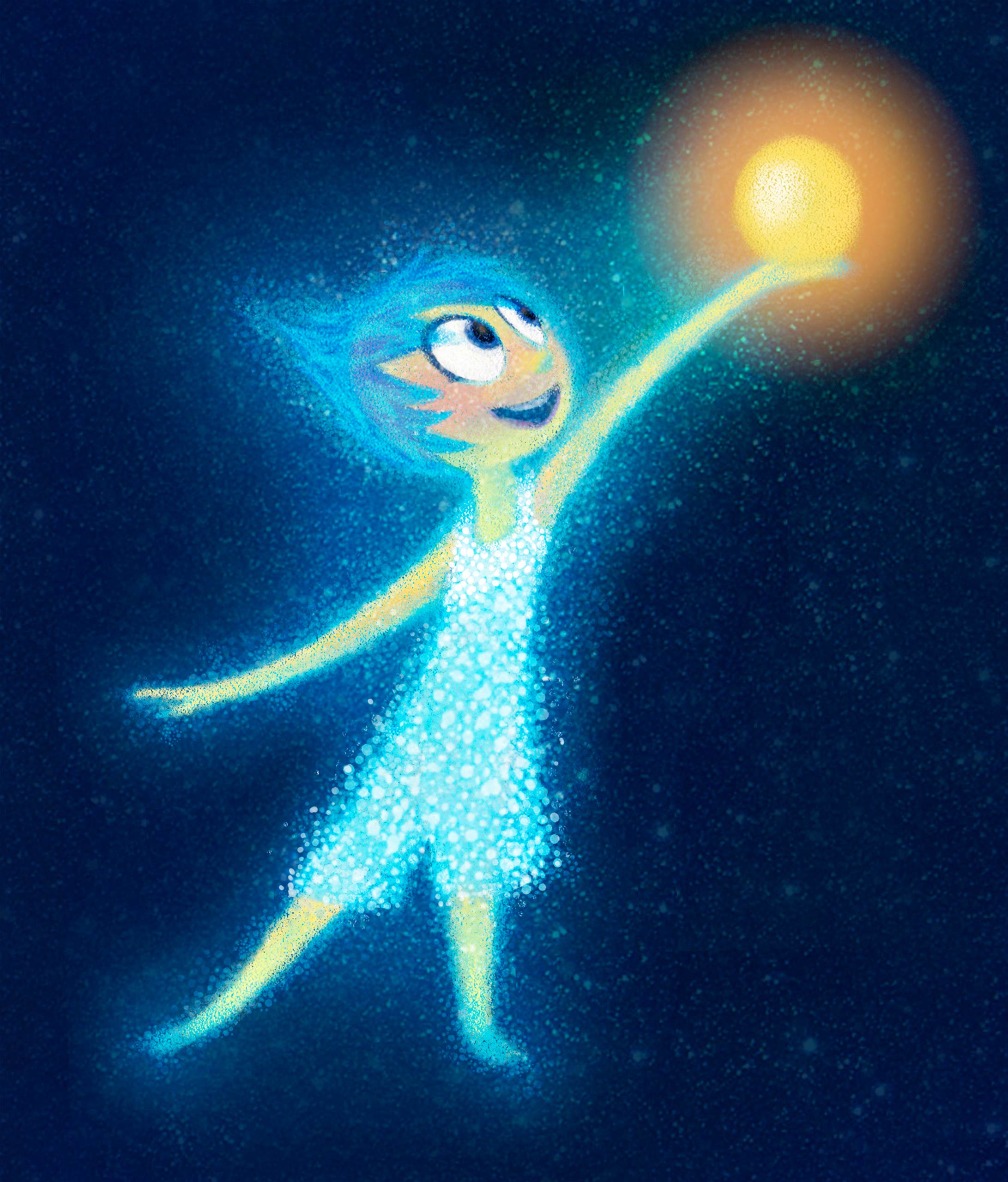
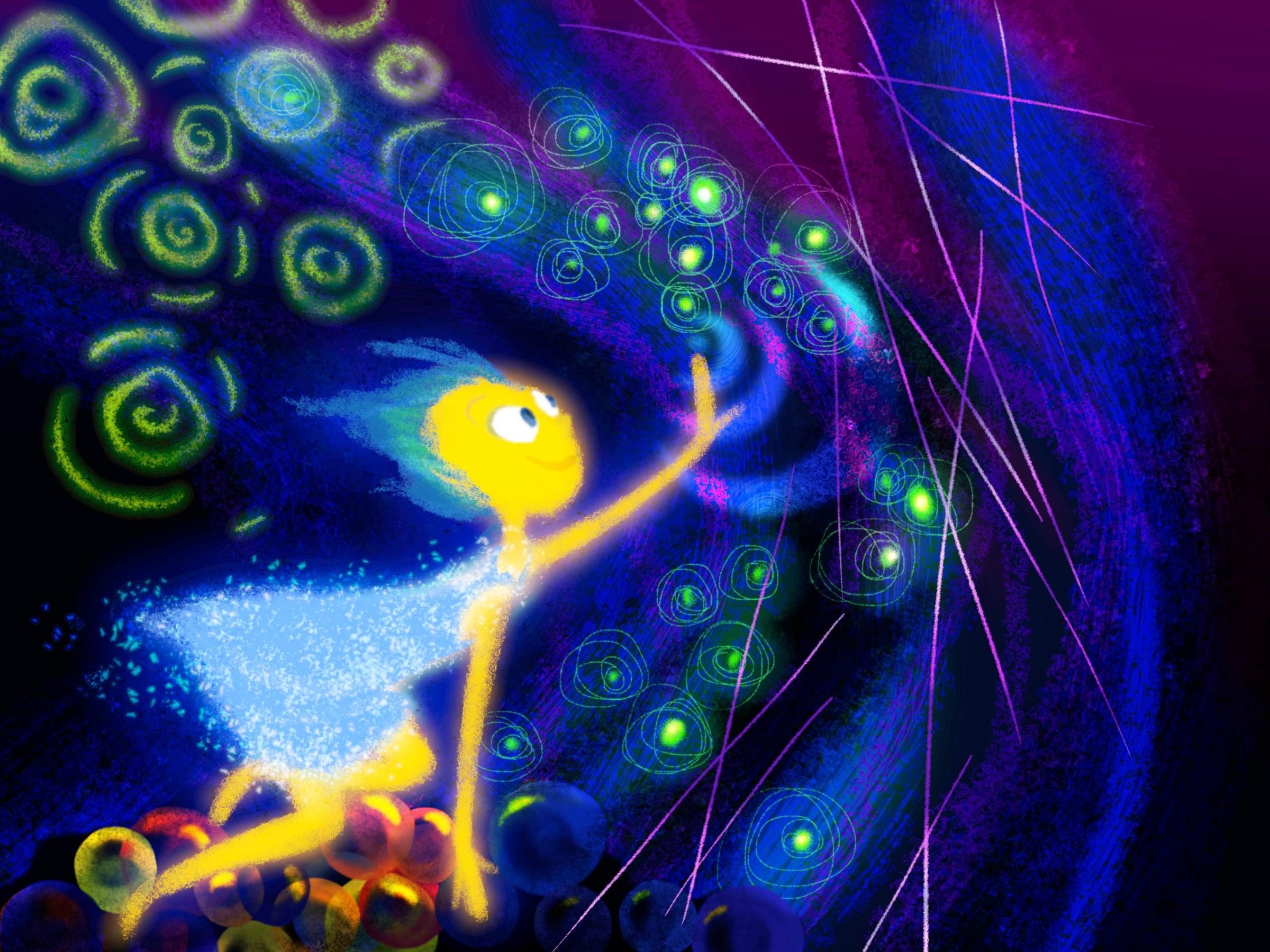
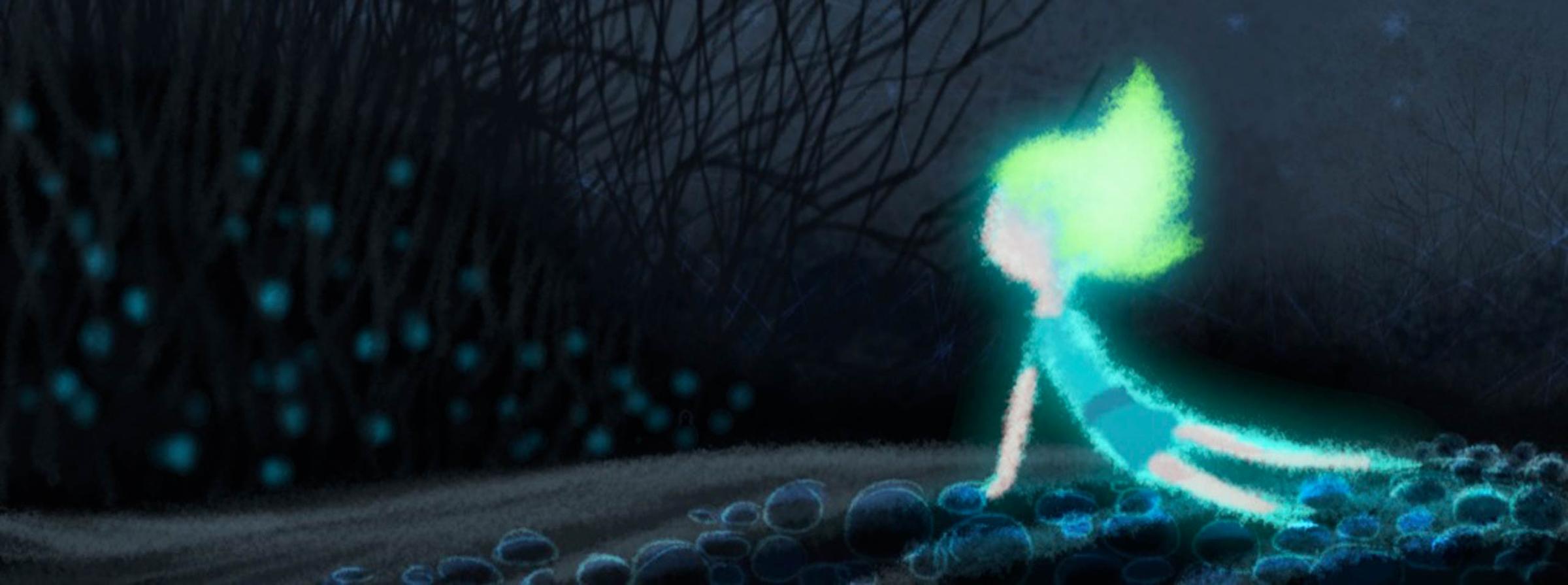
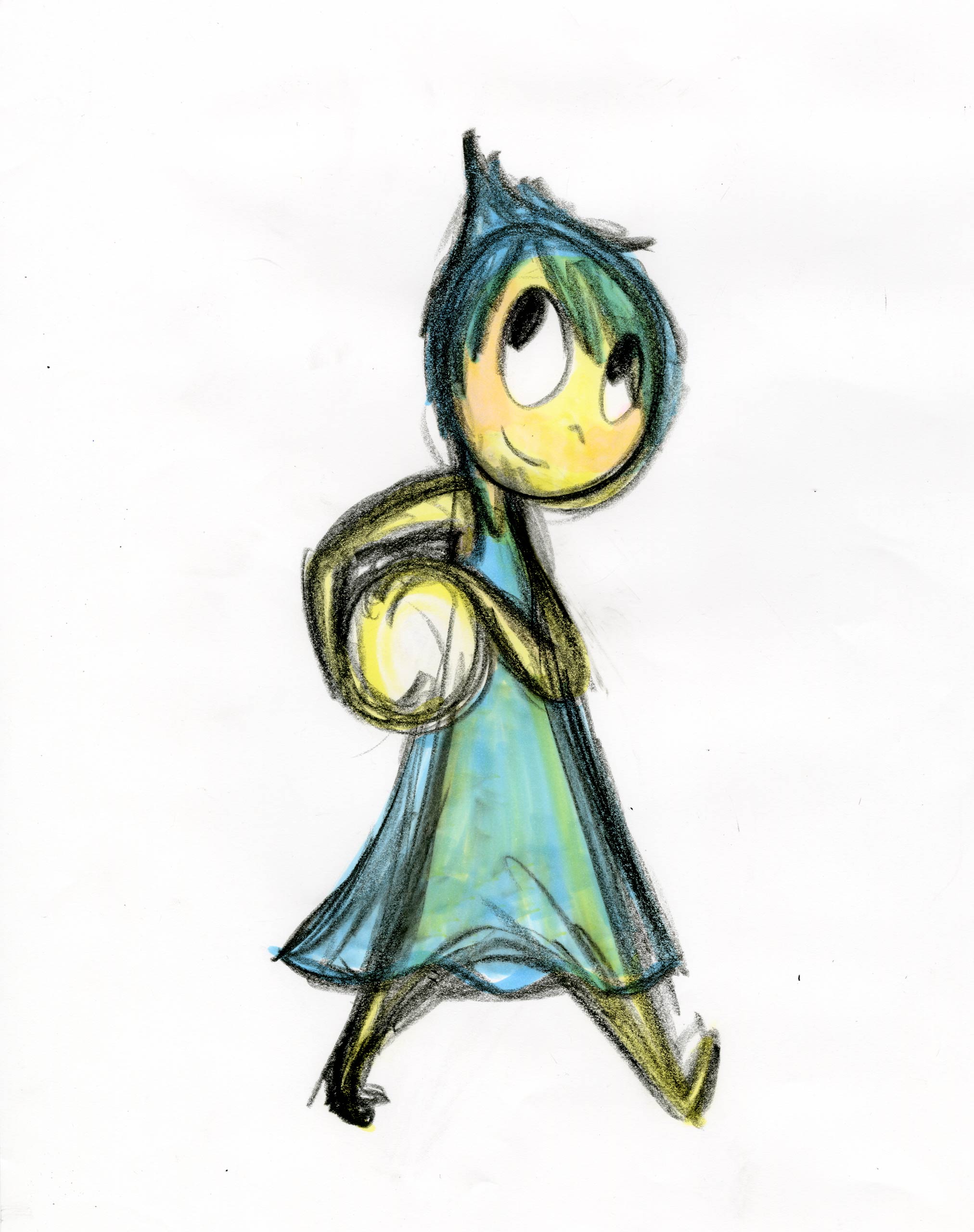
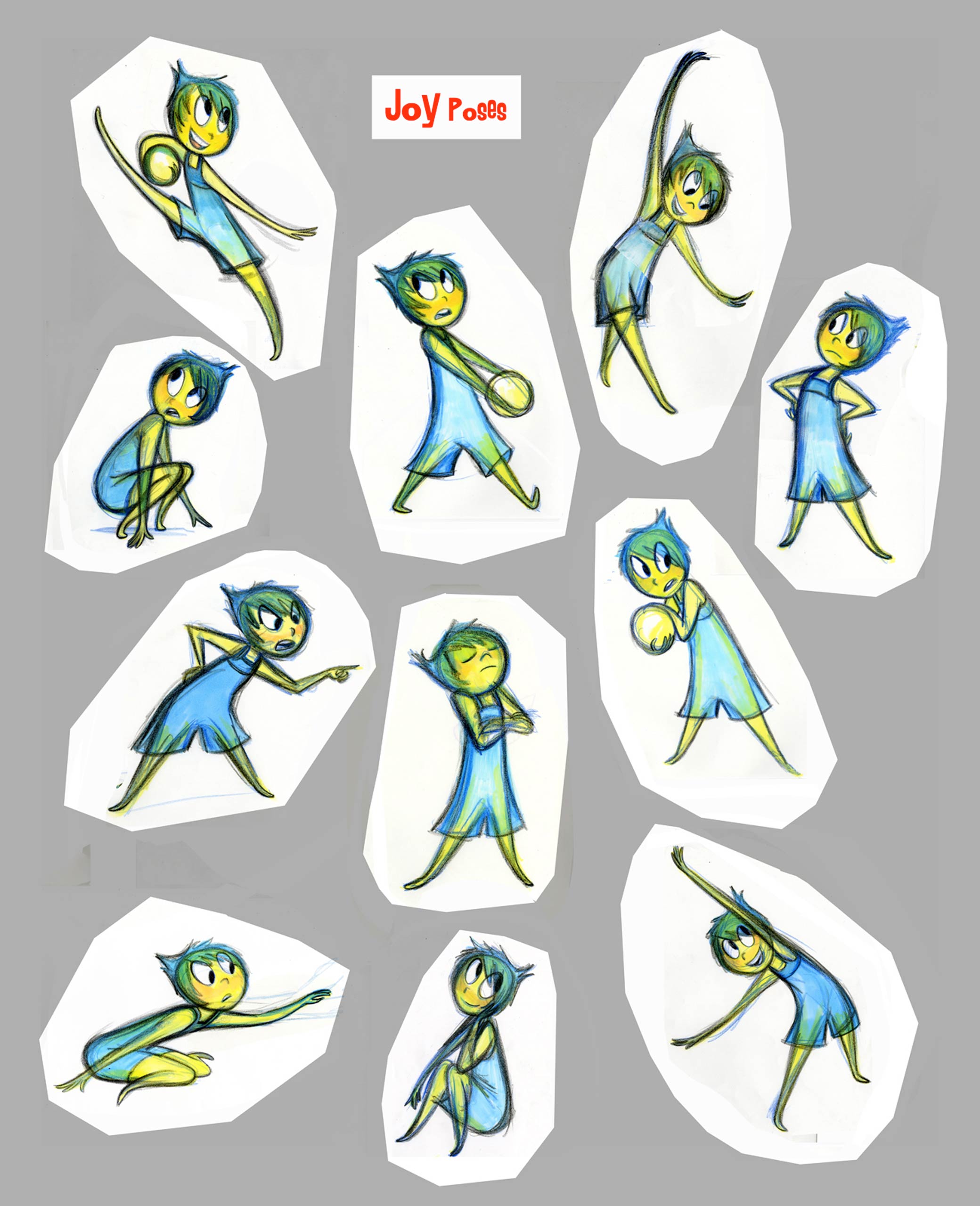
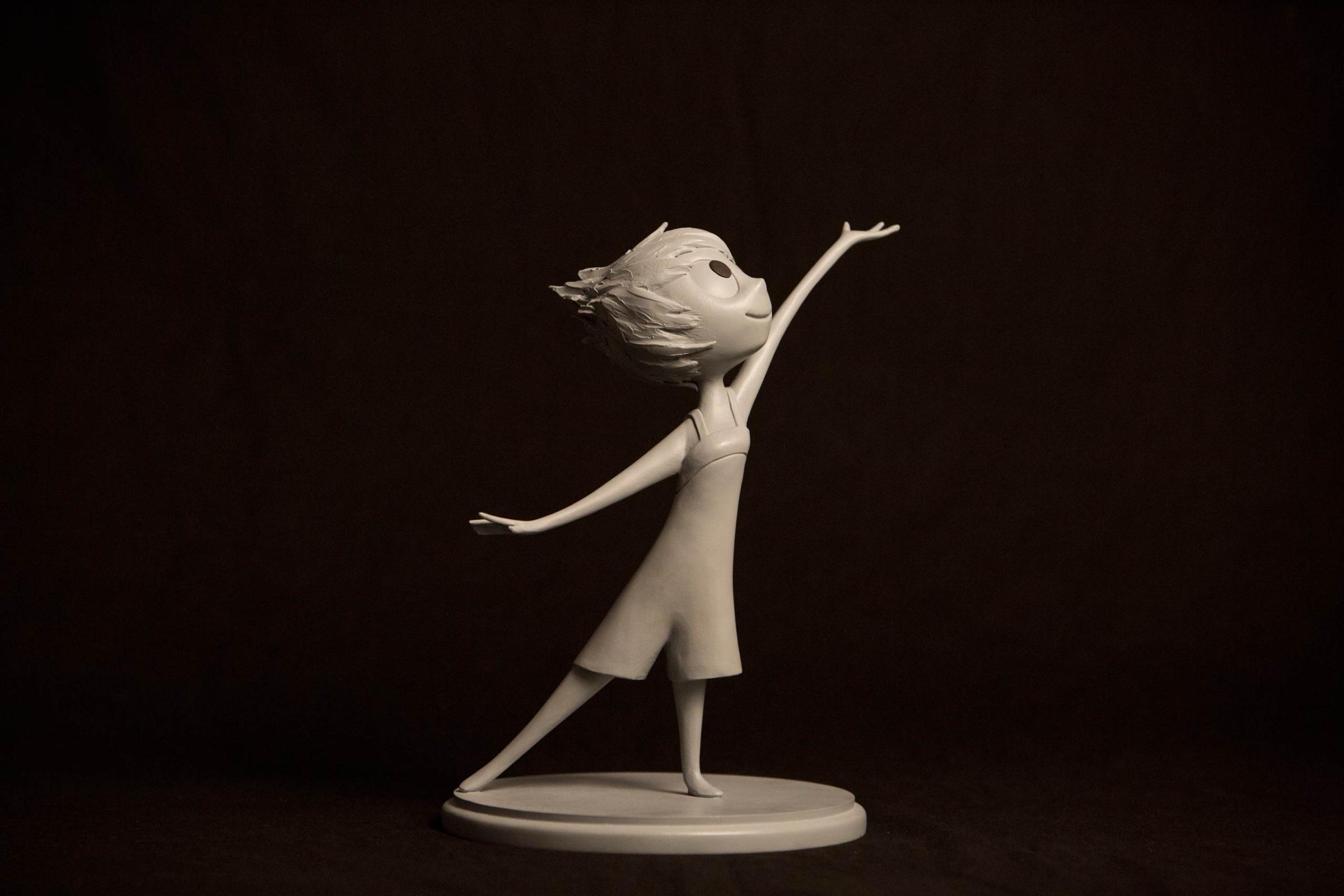
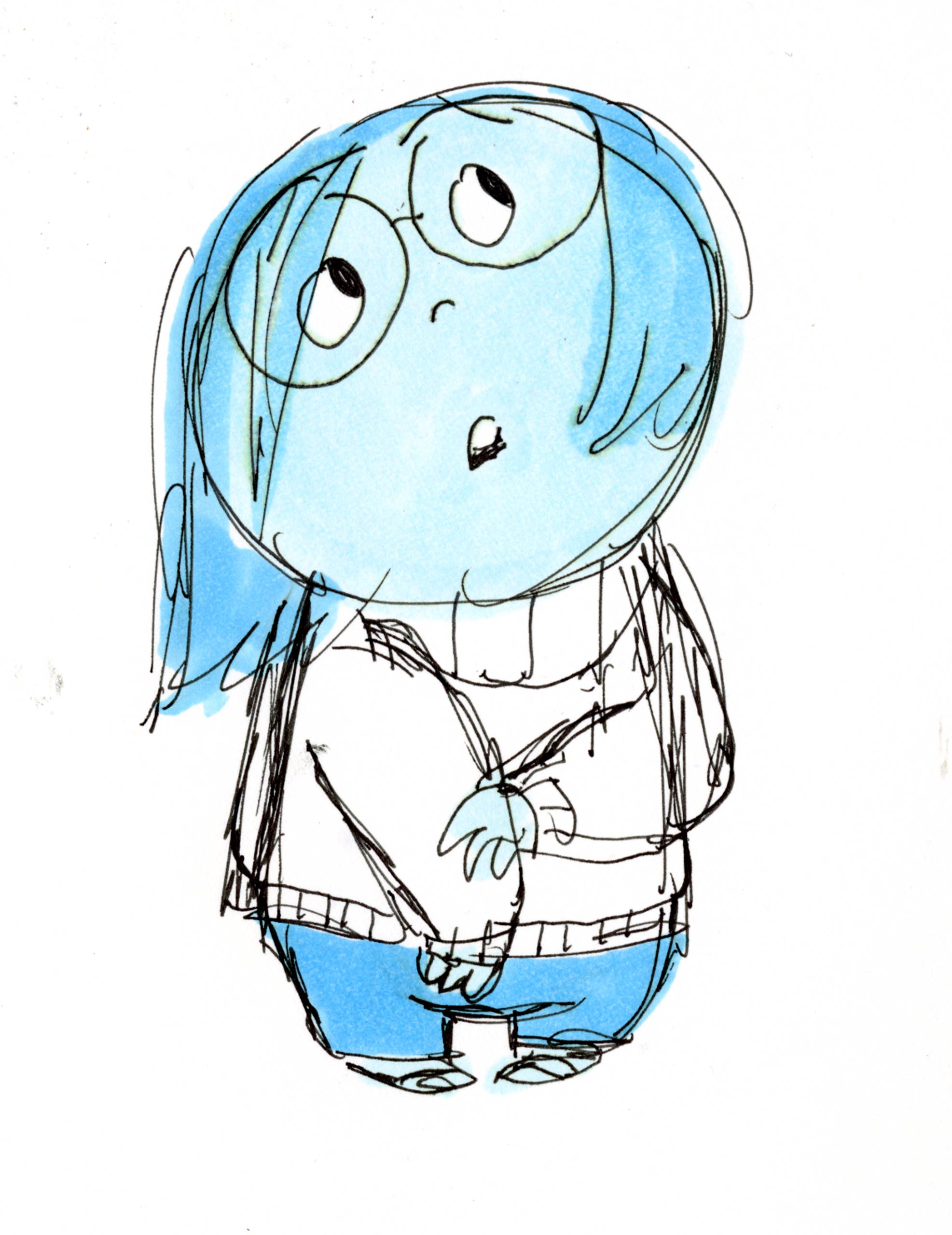

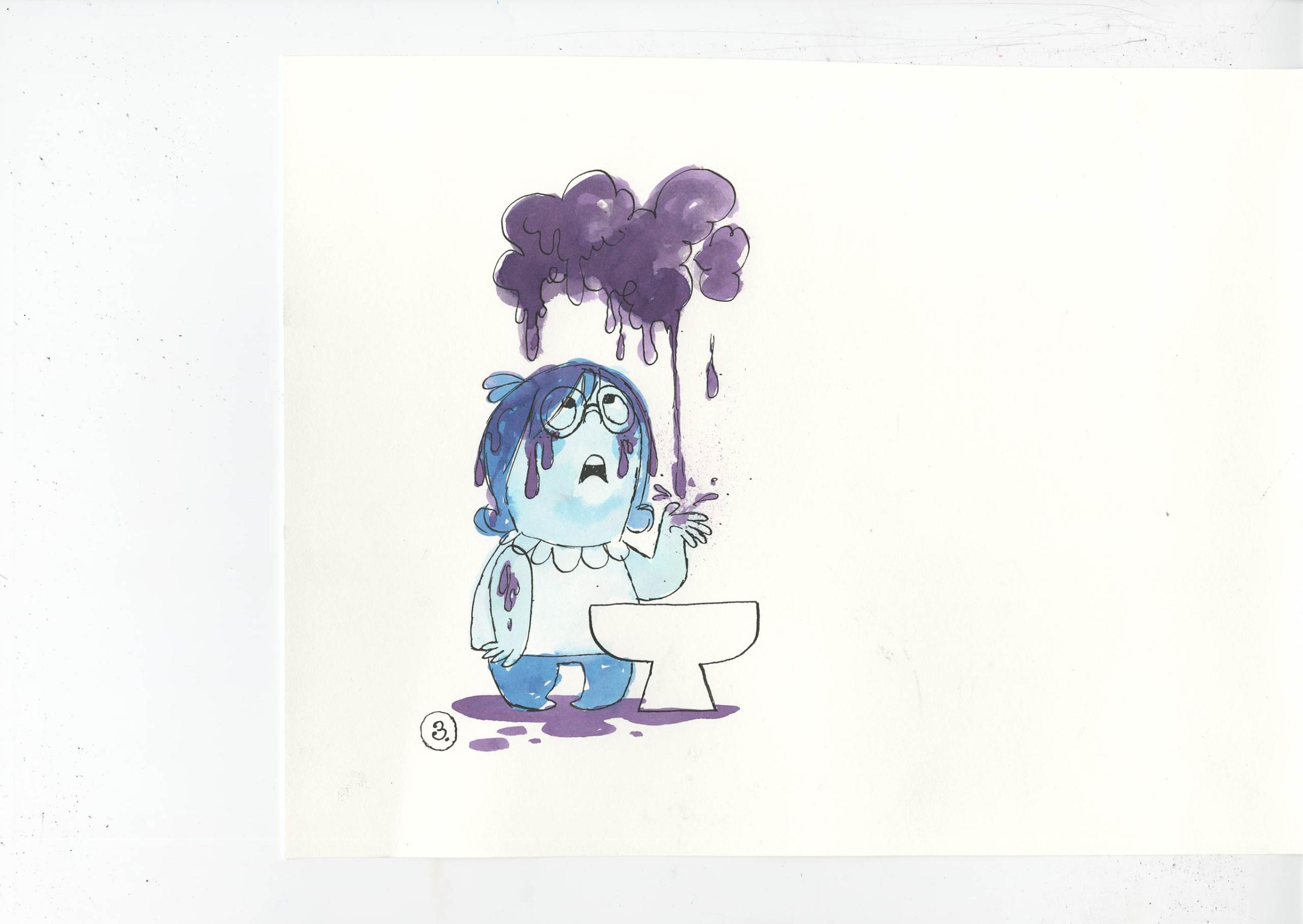
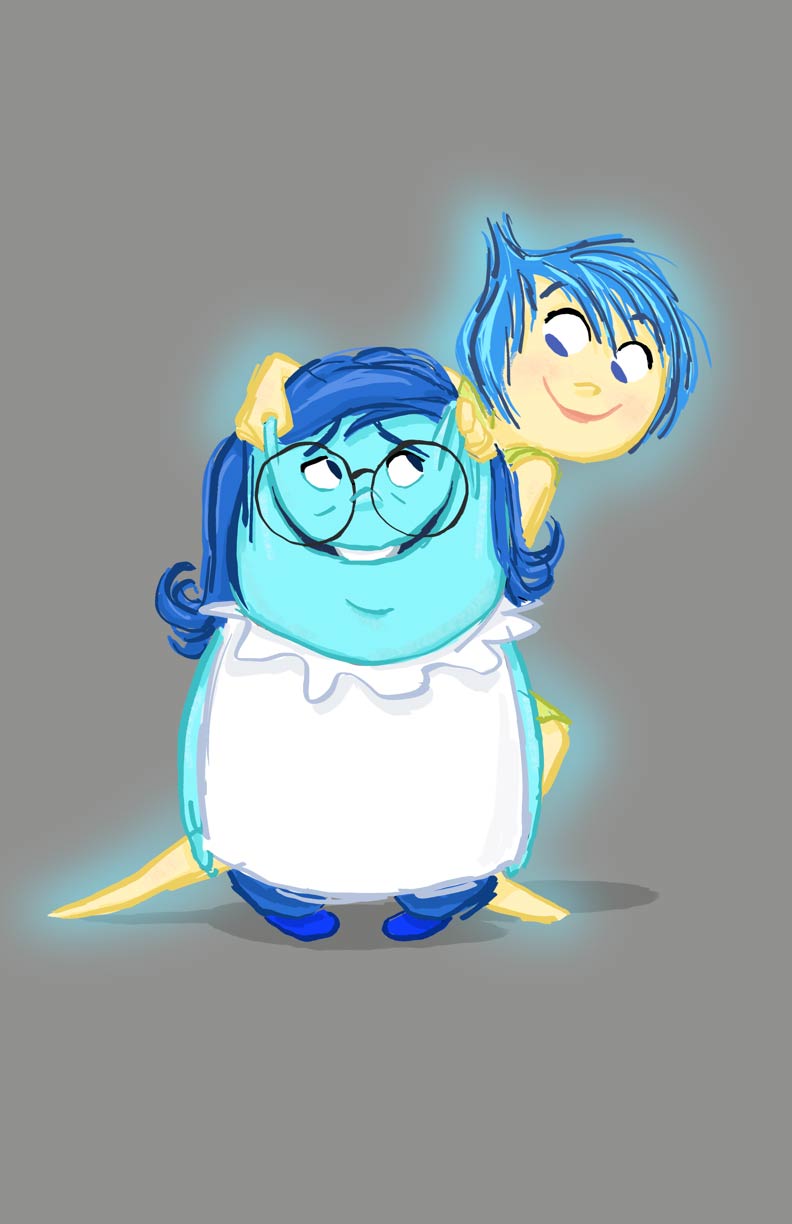
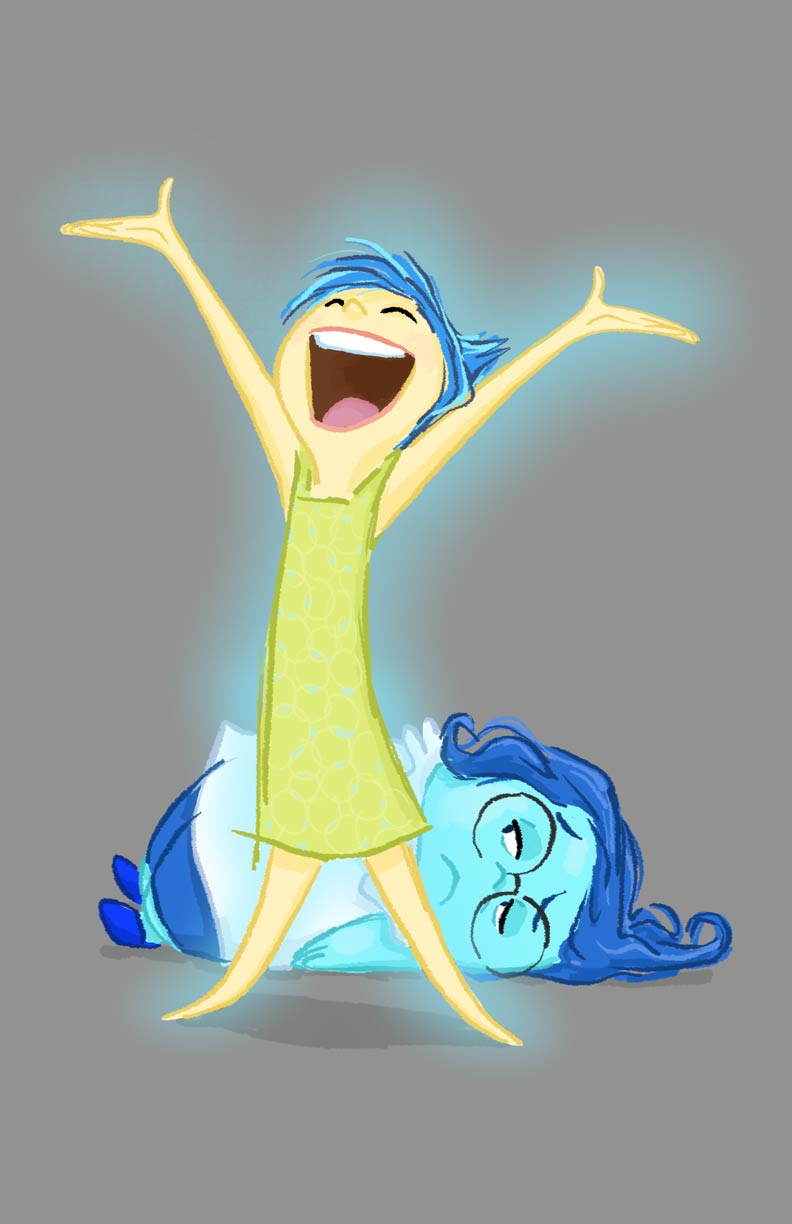

It’s a nice change for parents seeking role models for their daughters in family films filled with gender stereotypes. The glass ceiling is even lower for female movie characters than it is for women in real life. In fact, the most popular occupation among women in animated films seems to be princess. Just look at Disney’s female characters: all of them are either literal royalty (Jasmine from Aladdin, Cinderella from Cinderella, even Nala from Lion King) or they look, dress and act an awful lot like princesses (Alice from Alice in Wonderland, Esmerelda from Hunchback of Notre Dame and Tinker Bell from Peter Pan). Frozen cleverly twisted this trope, but Elsa and Anna are both still impossibly tiny-waisted sovereigns. Even in the most liberal of children’s films, how girls look matters as much or more than how they think.
Don’t expect the trend to end anytime soon: Disney’s entire marketing strategy is based on turning every single female character it has into a princess. Mulan hates putting on her dress and makeup in the film and yet is forced to wear it for the sake of merchandising. Even Merida from Pixar’s Brave — the progressive production company’s only movie with a female lead before Inside Out — was sexed-up for the sake of the Disney princess pantheon. (Pixar is owned by Disney.)
Of course, that wasn’t Merida’s only problem. The first female Pixar hero was not only a princess but also a princess whose main concern was marriage — or how to get out of it. The resolution of the film comes when Merida is permitted to be another female stereotype, the tomboy, without having really learned anything from her journey. Critics were not only disappointed in the film but frustrated with the fact that Pixar’s first female director ever, Brenda Chapman (The Prince of Egypt), was ousted as director of Brave in the last 18 months of production.
Pixar was clearly capable of creating a female protagonist with depth. It had already done so with supporting characters like Dory in Finding Nemo and Mrs. Incredible in The Incredibles. Inside Out, finally, has three in Riley, Joy and Sadness. Some fair critiques have been leveled against the film: the mom seems to have no job, and one particular scene featured in the trailer that goes inside the heads of Riley’s parents adheres to outdated gender stereotypes. But Riley, Joy and Sadness are permitted to function in a universe where their gender doesn’t much matter, and they grow and learn just like Woody in Toy Story or Carl in Up. In these largely conservative children’s films, that’s revolutionary.
So it’s apt that after decades of Hollywood executives demonstrating that they did not care what girls thought, a movie about a girl’s brain is proving them wrong.
More Must-Reads from TIME
- Cybersecurity Experts Are Sounding the Alarm on DOGE
- Meet the 2025 Women of the Year
- The Harsh Truth About Disability Inclusion
- Why Do More Young Adults Have Cancer?
- Colman Domingo Leads With Radical Love
- How to Get Better at Doing Things Alone
- Michelle Zauner Stares Down the Darkness
Write to Eliana Dockterman at eliana.dockterman@time.com